In Russia, not everyone knows about this place, but for bird watchers all over the world it is a natural Mecca. Why? Because there is a huge transfer hub for birds, and this is the role of a place on a planetary scale. A bird, like an airplane, requires refueling. If you think that they are just flying to warm lands, then no - they need to stop somewhere, rest, have a few days (or even weeks) and fly on. And an ordinary tree in the country does not fit: you need a lot of space and a lot of food, and at the same time the predators were not particularly vicious. So that you understand the scale of the node, just know that about 20 million individuals are "transplanted" here in a year.
Normal rivers break into 2-3 channels, but the Volga breaks down at first into hundreds, and then generally turns into a huge water surface about a meter deep. Imagine: they took a piece of desert the size of one and a half Cyprus (13,900 km 2 ) and filled it with water. It turned out like this:
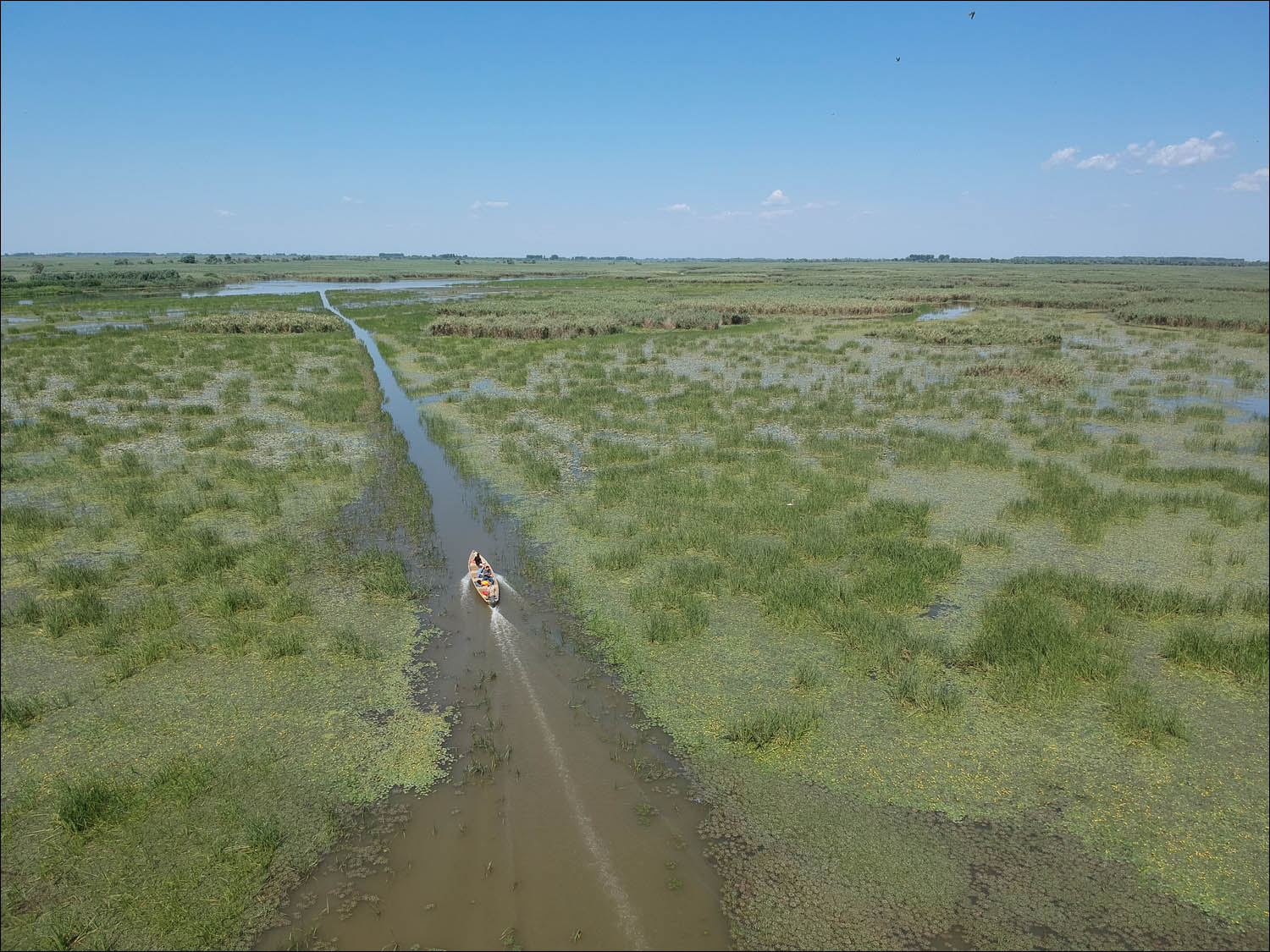
The depth there is shallow, the vegetation is quietly sticking out above the water, in places where you can still distinguish the arms - a bunch of islets and something similar, and below it all gradually passes into the Caspian Sea. Convergent things can be seen in the Mekong Delta and in the mangroves of the Micronesian islands. Therefore, yes, in Astrakhan, sailing through the channels, you can catch a lot of Vietnamese flashbacks.
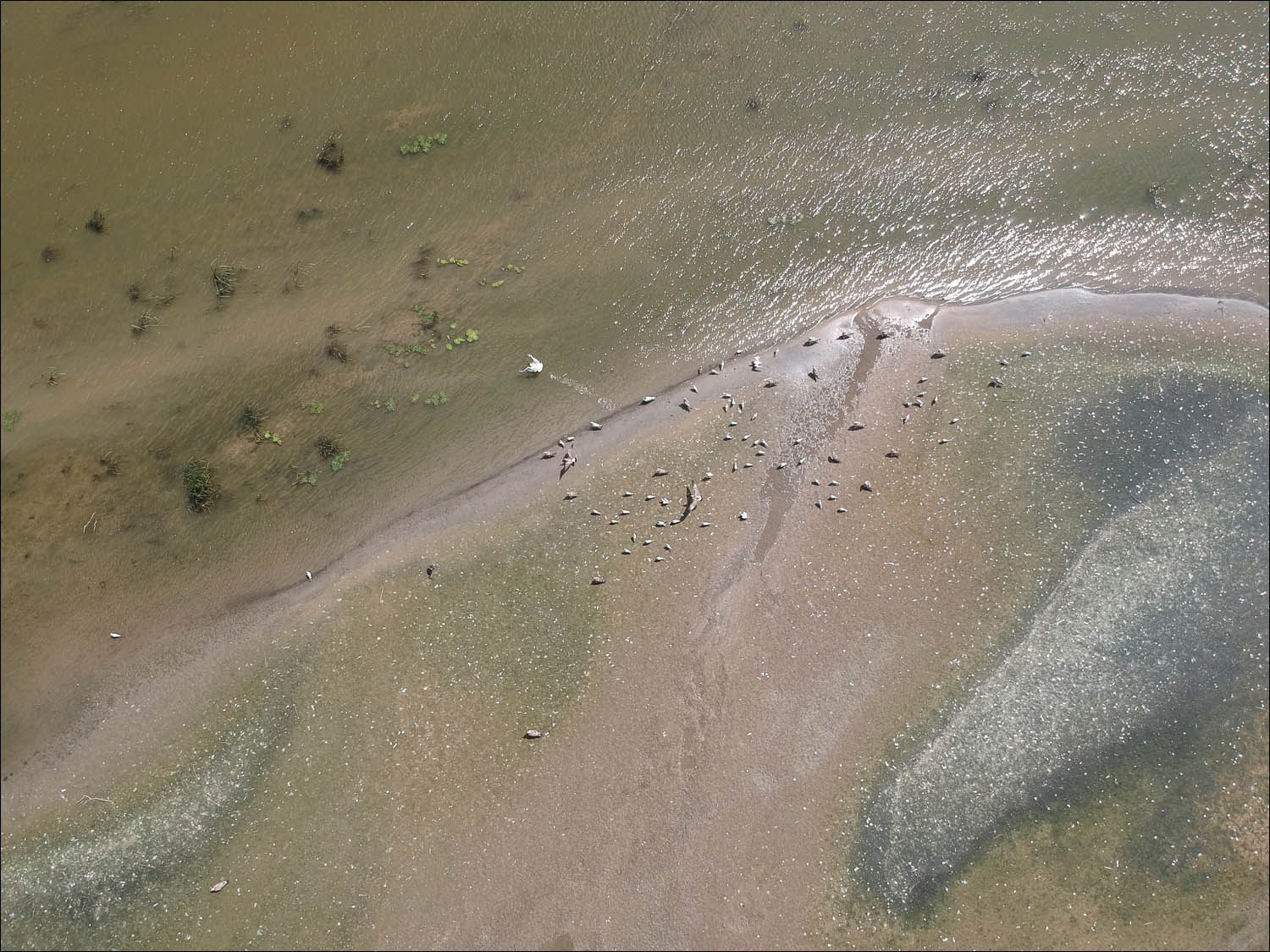
Astrakhan Biosphere Reserve was built around the birds. Using his example, I want to show how awesome science works with local residents. Otherwise, last time I directly admired how friends in Namibia are with elephants and leopards, and no less interesting things are happening under our noses.

This is how it looked from a satellite in 2005. The southern boundaries of the reserve were previously defined along the edge of vegetation in front of the sea, that is, along the productive zone between water and land. That is, the last sprout of the reed was the border. Deposition of particles from the water forms new islands in the delta, and the boundary moves 5-15 meters every year. Further south, fishermen and oilmen appeared and the border was rigidly fixed.
And this is a semi-desert for comparison. She is around:
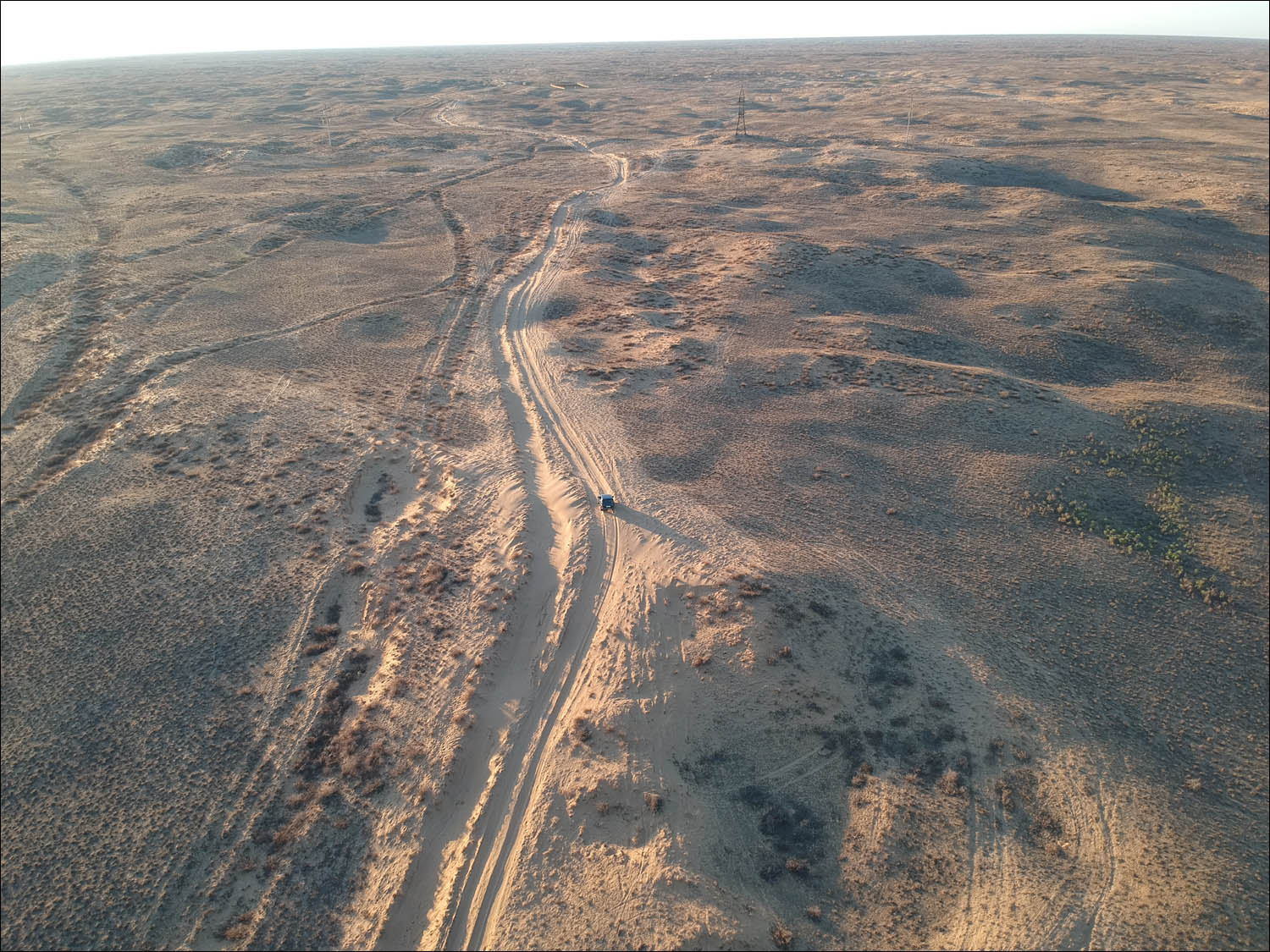
And this is how the gradation looks from ducts to peals:
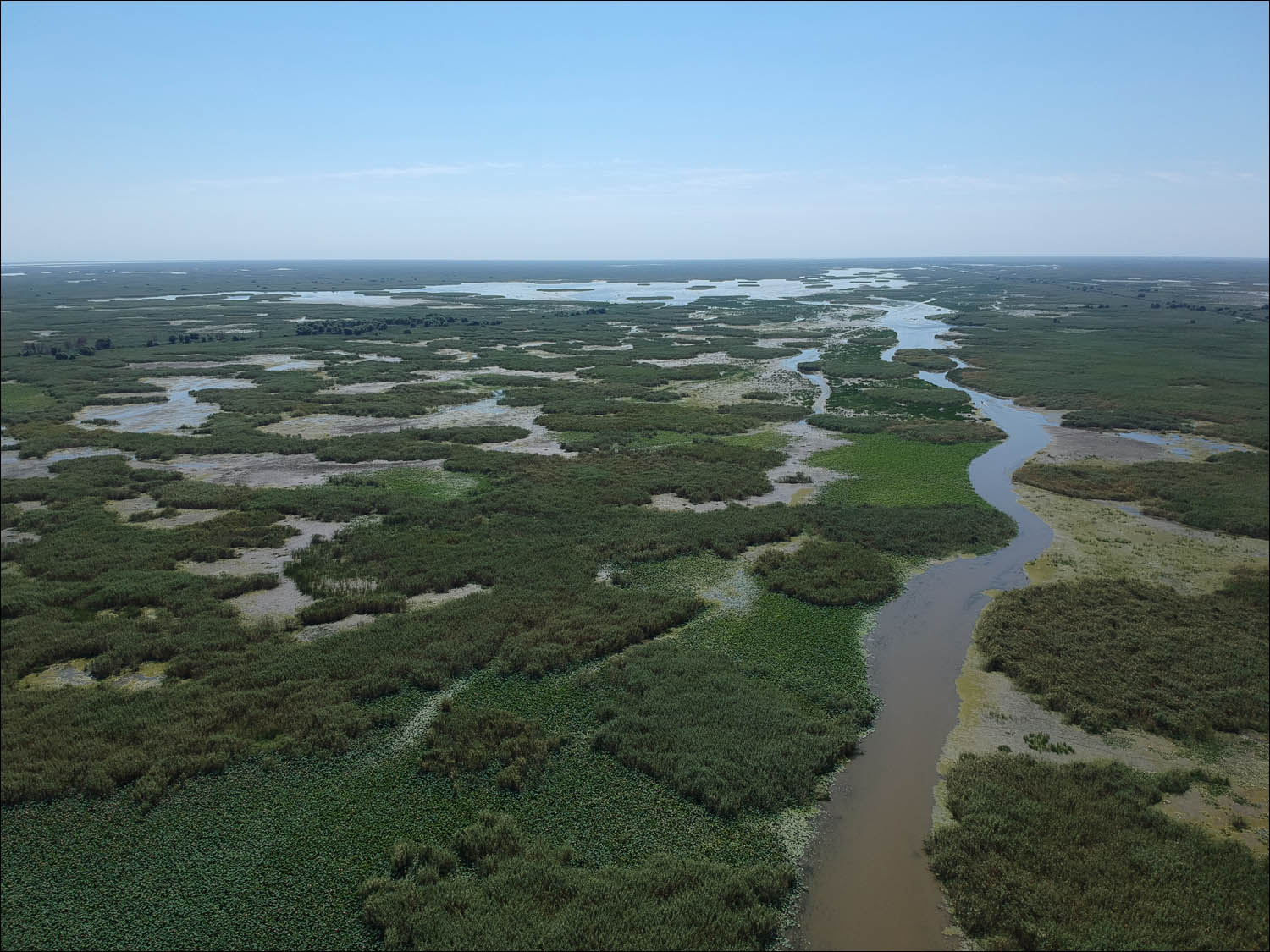
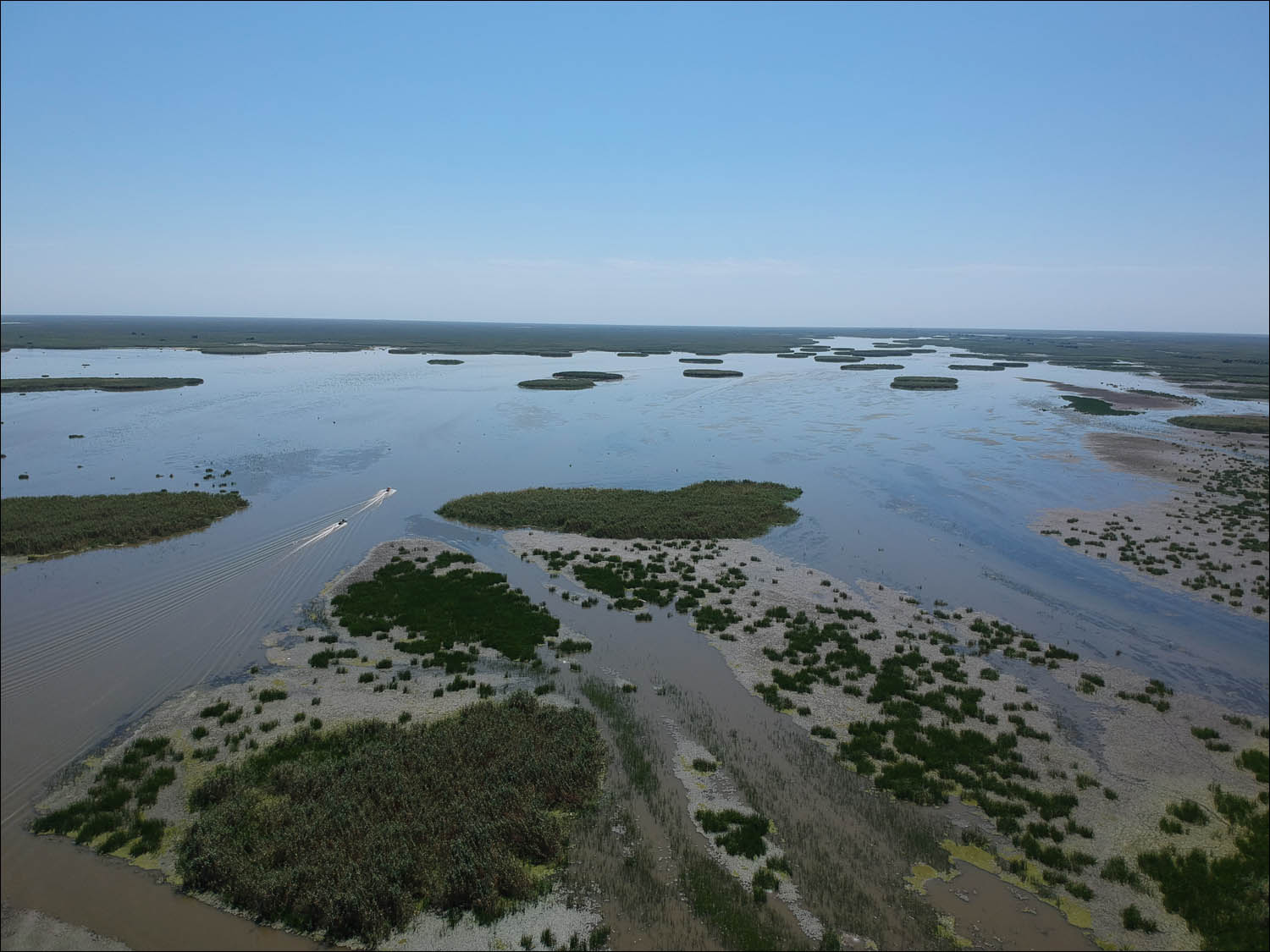
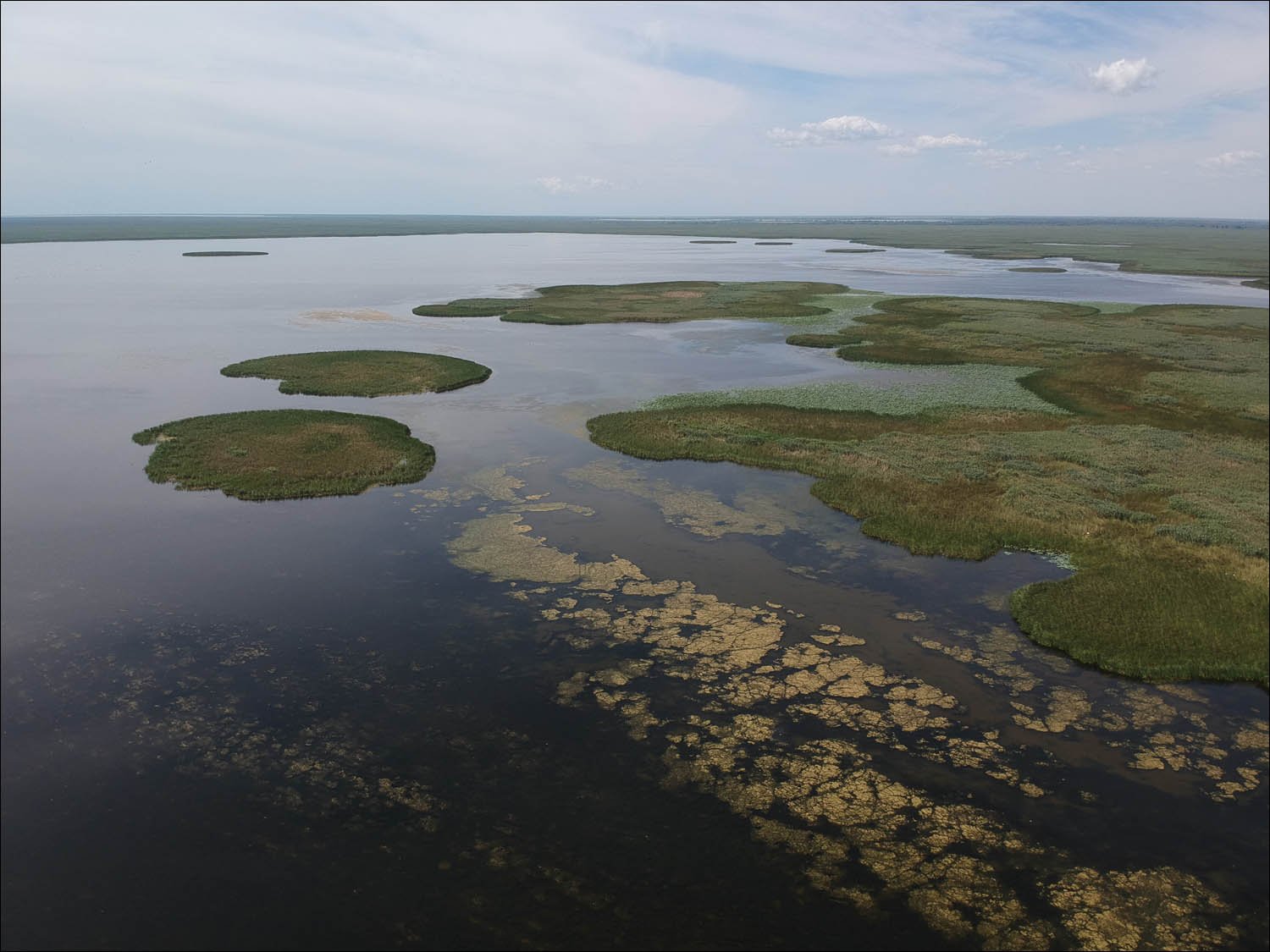

What is a nature reserve?
There are, conditionally, three main stages of nature conservation:
- “Hey, be careful here and clean the plant” - this is a national park, there are a lot of restrictions in it, but you can safely walk and conduct limited economic activities. In fact, such a zoo is the other way around; safari, but not in Africa.
- “We protect a specific species, and here is a home for it” - this is a nature reserve, for example, for a bison . The task of the reserve is to increase the number of one person. In principle, the cow farm at the meat-packing plant is also a kind of prototype of the reserve. But, of course, a real reserve has much more security mechanisms and restrictions.
- And “don't touch anything here at all” - this is a nature reserve. In it, in theory, nothing can be changed at all. There must be an ecosystem without any human involvement whatsoever. And even if something goes completely awry in this ecosystem, it is believed that this is the real world, and such is the way.
The reserve can be in the middle of a national park, as, for example, in the Black Lands with saigas . It can be separate. Tourists can go to nature reserves and national parks, but not to nature reserves. But if you take a pass and a researcher, then you can. Therefore, you can get to the reserve in two ways: if you are related to science, or if tours with science are organized there as part of environmental education.
The fundamental difference is this: the reserve is such a super place where you can see "In the animal world" with your eyes without any problems. Because nobody is ever scared there. Due to the fact that you have to have a scientist with you, the flow of tourists is much less than in the same national parks. Groups are rare, often more expensive, and tourists travel to other places to touch the leaf. Therefore, nature feels somewhat calmer. By the way, this means that the oncoming bird will try to peck out the camera's eye, and will not fly away in horror at the sight of the boat.

Although the pelican, of course, will fly away. Pelicans are like that.
Why do you need a nature reserve?
Conserve the ecosystem . Just so that we have an unbroken piece of the Earth, where everything is still pure and joyful as several thousand years ago. Allow nature to act as if there were no humans.
Specifically, the Astrakhan Biosphere Reserve has three areas: in the eastern, central and western parts of the delta. They were chosen as reference ones in order to understand what is happening in the Volga delta as a whole.
Accordingly, natural selection takes place on them at its best. Those who were supposed to be devoured are eaten (even if they are very sorry for the cute beast), and whoever survives will survive. The scientific staff can only root for their heroes, but cannot save, feed, or somehow play along. An exception is made for key species (Red Book) - they are still a little helped to survive, that is, they intervene very limitedly and improve their chances. The cheater of our reserve is a white-tailed eagle, such a hefty bird with a wingspan of up to 230 centimeters, which in fact should hunt fish, but lately it loves to scare cormorants with its half-to-death swing and watch how the already caught food falls out of them in a funny way ... He also works with the local air defense and can pick up a drone to figure out what it is.
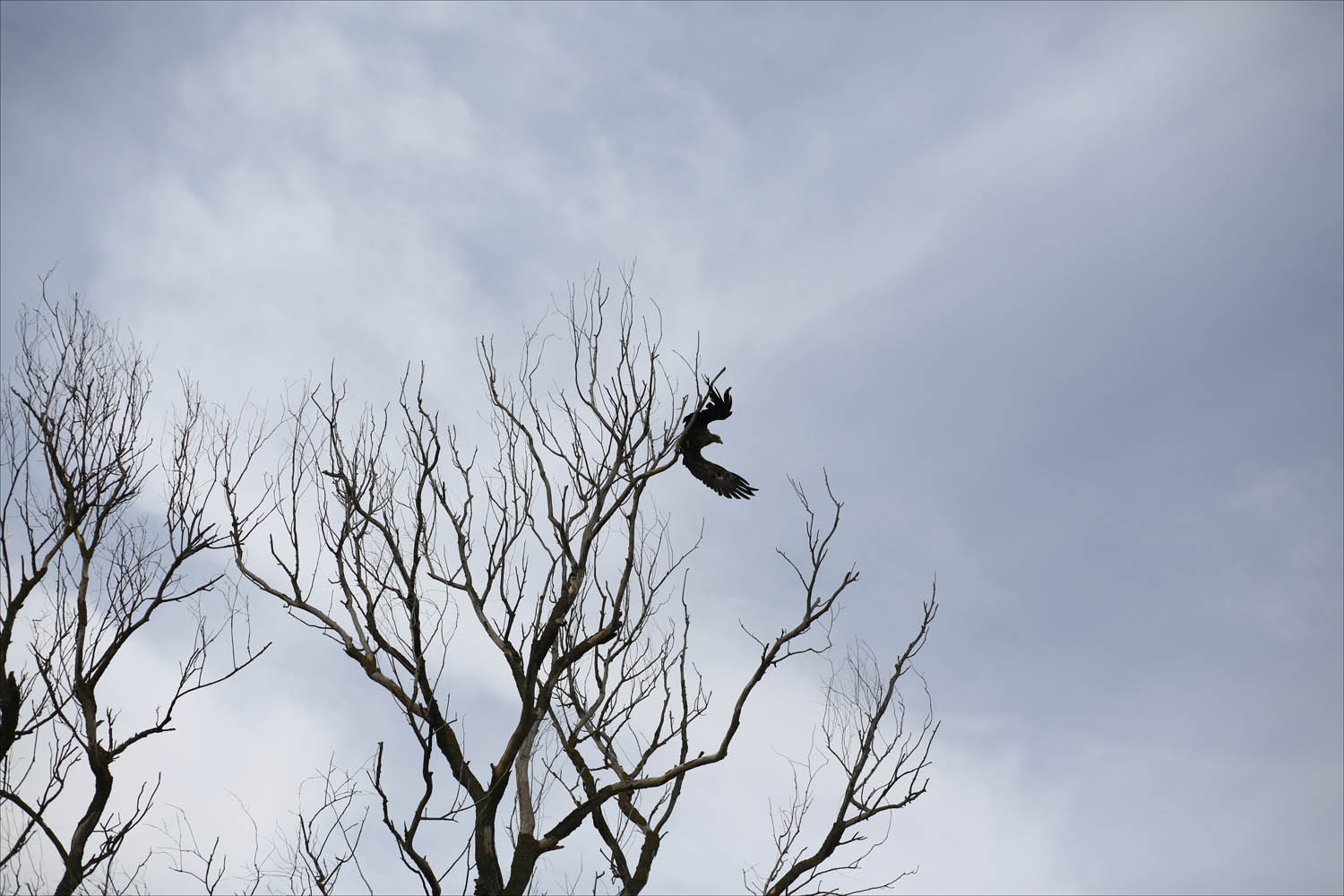
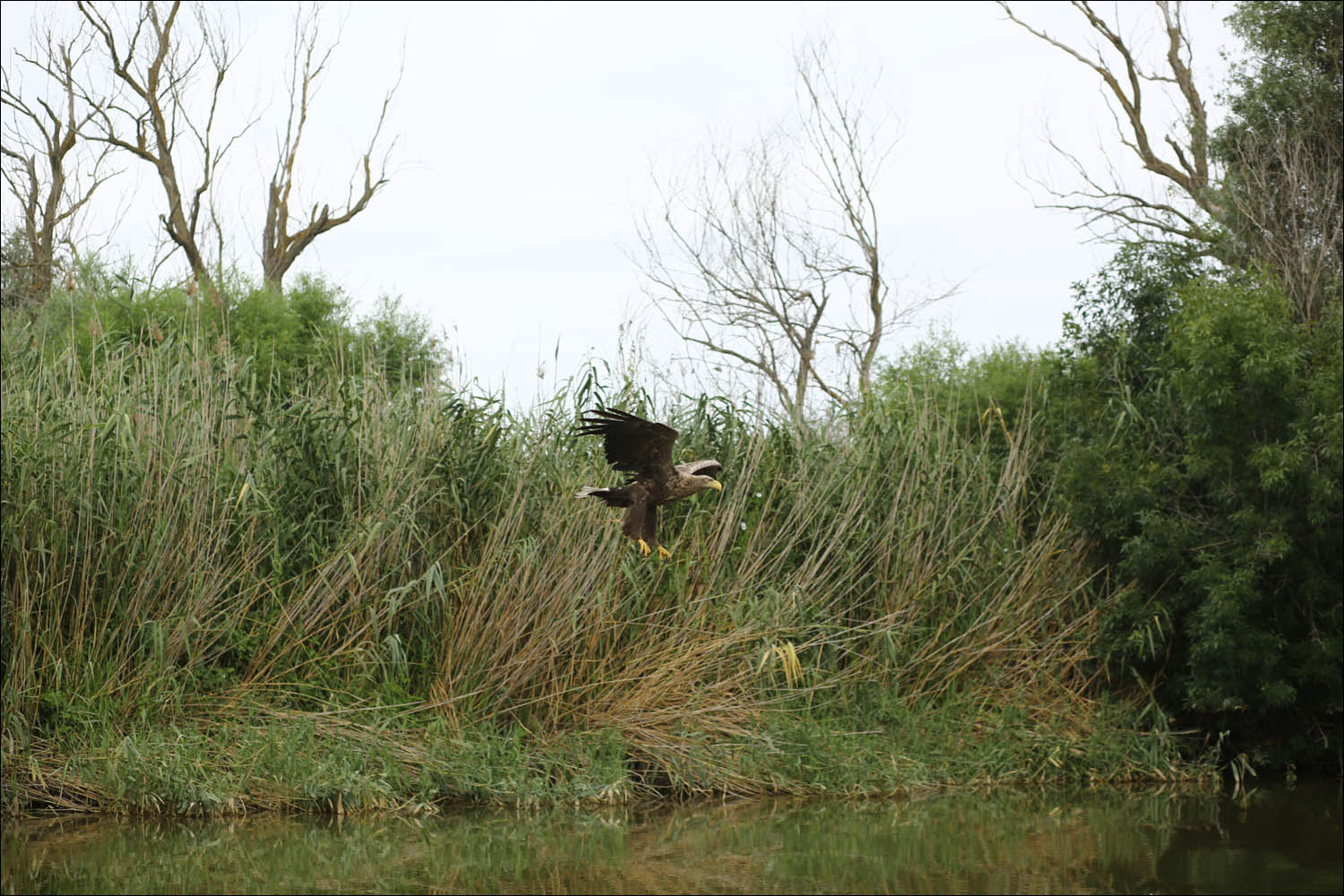
Each intervention (including the Red Book species) needs a program with methodology and scientific justification. Sometimes, on the contrary, you don't need to help, you need to finish off someone with a shovel: this applies to fresh invasive aggressive species. But this also requires an action program.
Conservation of the ecosystem derives the function of biodiversity conservation... That is, nature reserves are such libraries of the gene pool and animal shelters. The same wild boars, for example, remain inside the protected area, but as soon as they go beyond it, from the point of view of the terver they simply seek to get a bullet in the forehead from a hunter or poacher. If the nature reserve had not existed, the wild boar would have been gone too. And so it is not only that there is, but also diverse enough to recover even after a serious bottleneck (in our case it is the plague of 2010, and only now are the first years, when it is clear that the pumbaas will return). This means that there are no very small reserves: such a size of territory is needed so that reproductive populations and large pieces of ecosystems are preserved inside.
The reserve also increases biodiversity in the surrounding areas. Well, the boars come out, the birds settle, and so on. In our case, the presence of the reserve enriches the entire delta, which is well understood by the same hunters who would have long been out of business otherwise.
Once you start conserving an ecosystem, it's weird not to do scienceright on the spot. A bunch of species can be observed up close and in natural conditions. Long-term observations can be made. This reserve is awesome because for fifty years it has been collecting a bunch of data for decision-making. Since you need to understand where what changes are taking place on a delta scale, you need someone who keeps a detailed log of events. And when decisions are made how much fish can be caught, so that next year the catch of hooks does not break all the norms, then scientific data is needed. In the delta, the weather, hydrology (the level of water draining from reservoirs) and other parameters are devilishly important - all this affects the time and rate of reproduction of different species. And, and yes, roach spawns here.
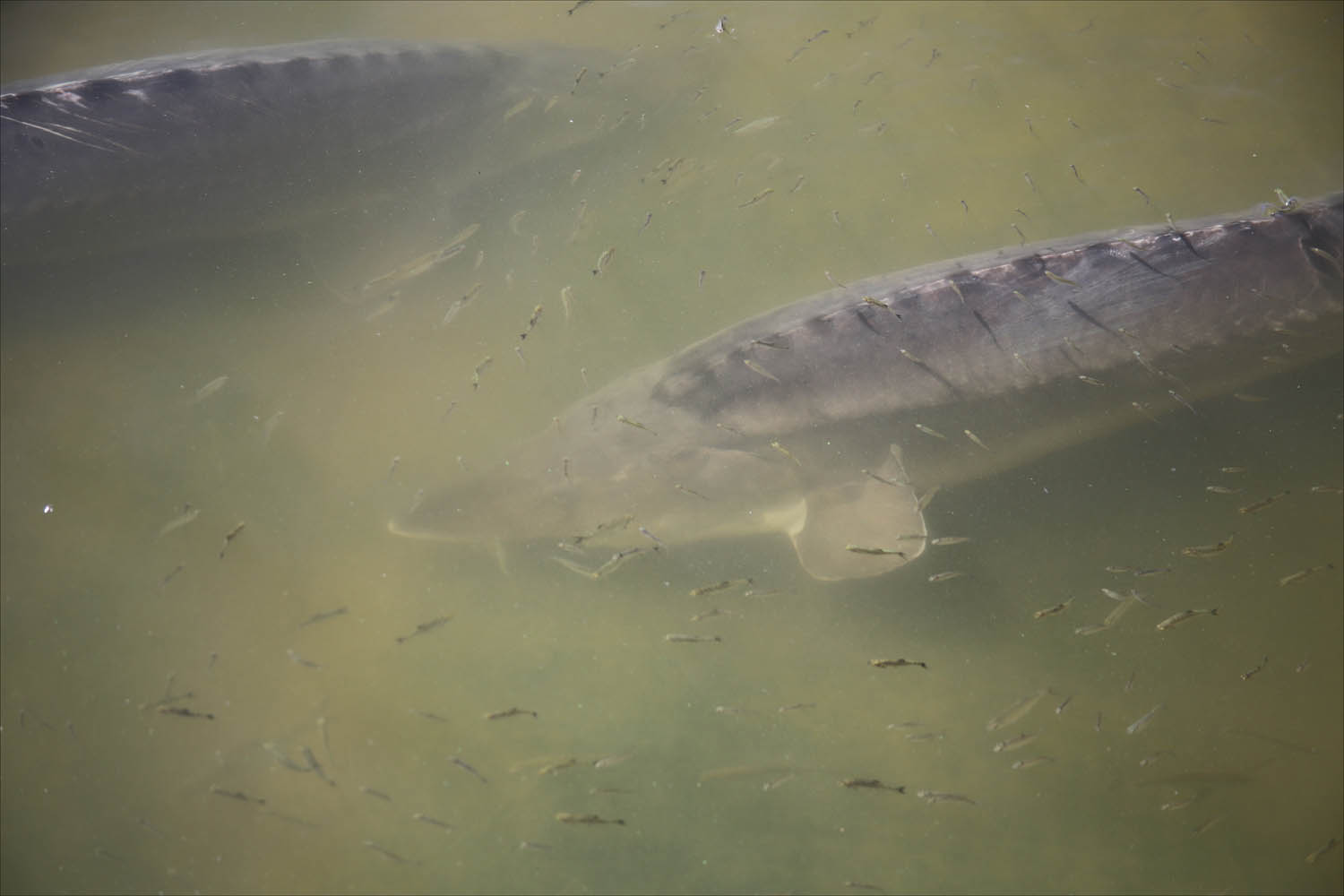
. . , -, , , . , . .
There is a weather station right on the cordon of the reserve. All those measurements are made on it that are usually at meteorological stations, and then they go to the general network. As a result of the network, a friendly guy used to appear on TV, but now you have weather on the blockscreen of your phone. Scientists measure the water level, the number of different species of birds and fish, count the milks - and all this for 50 years. The result is not a big data, but still a very long series of data, which can be used to predict all sorts of "what will happen if". Therefore, the staff of the reserve are included in different working groups in the region and are often involved in the development of rules and draft laws. In general, in ecology, a high-quality forecast is very important, ask any Australian celebrating the day of the toad.
The reserve's working groups are also helping to protect other areas. For example, a nature reserve in the north of the region and also regional protected areas were created by the previous generation of employees. By the way, about the generations. Science is one of the youngest in Russia for nature reserves. Every year 15-20 students come for practice from regional universities (they were recently from Voronezh, Volgograd, Perm, Rostov).
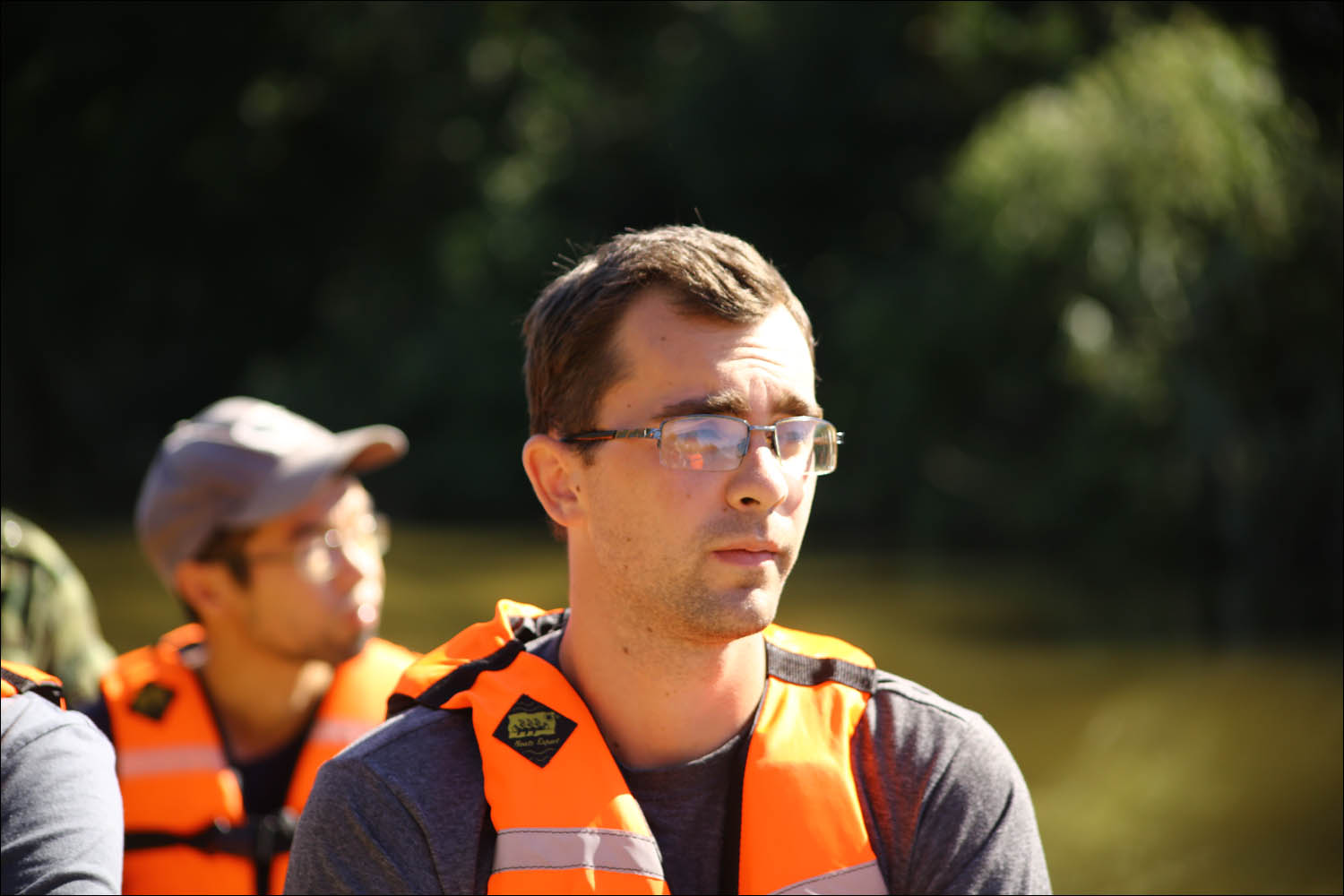
The third and fourth stories are environmental education and tourism... Usually they are stuck together in one direction in Russia, and excursions inside the reserve go on the budget of environmental education. Tourism is quite well developed here: there is a fleet of boats, 16 people can pass a day in two groups (at recreation centers outside the security zone the same indicator is from 60 to 150 people a day), there used to be a couple of houses in the cordon, now new ones have been built and also a cafe-dining room. Previously, they ate in the gazebo, but now they plan to receive tourists in winter. There are already Khivuses on an air cushion for hiking on ice.
In general, strange people with binoculars and huge lenses hang out here, who love to sit in a puddle at 4 am, stand motionless until the evening, from time to time whispering Latin words. And now they have created much more conditions. By the way, these people are ready not only to sit in skradki, but also to go through all the delights of our bureaucracy: in addition to a visa, they need permission to visit the border strip from the FSB, which in the case of Russian citizens is done in 2-3 days, and in the case of foreigners - in about a month and a half. But, however, as a person who has gone through these quests several times, I will say that the reserve receives all the approvals itself, you just need to throw off the scan of your passport.
Well, there is also an eco-lumen- this is when you tell someone about how nature works, and this someone crap less. In perspective. In general, of course, the reserve wants to change the mentality of the population to the point that it is not necessary to spoil the place where you live. It turns out, of course, with varying degrees of success.
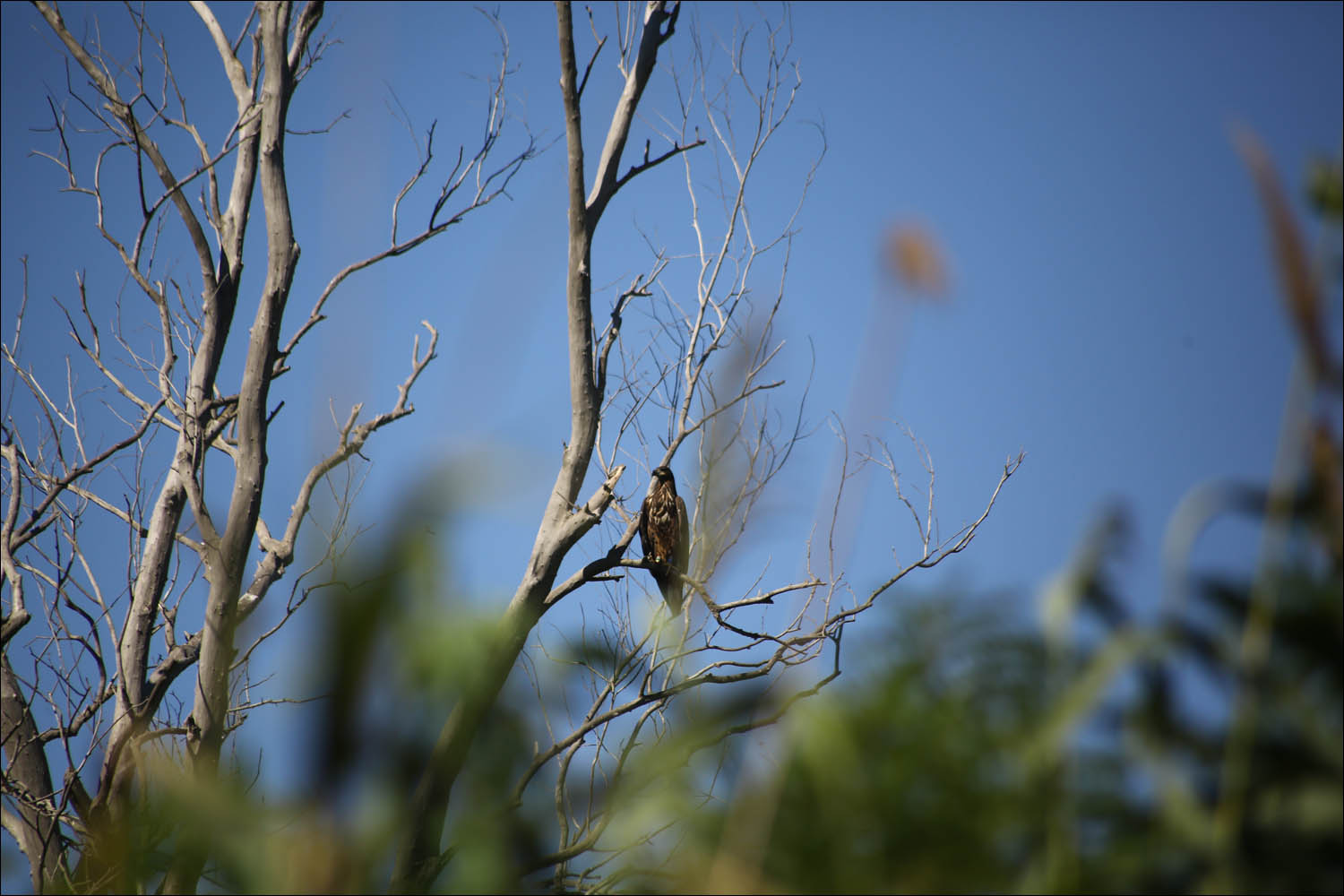
So, are there specific examples of how the reserve affects the world around?
For example, electric fishing rods. They were quite common a few years ago. The meaning is that two wires are lowered into the water, on the one hand, the circuit is closed by a car battery, and on the other, by a reservoir and its inhabitants. For about one fish caught, about 20 crippled fish are obtained. Someone has spinal fractures from muscle spasms, someone has damaged reproductive systems (and there will be no spawning), someone just immediately dies from the current and drowns. Fry, laid eggs, almost all invertebrates and even protozoa perish almost immediately within the radius. In general, this is Hiroshima by the standards of a reservoir, but someone will have an ear in the evening.
It is almost useless to fight poaching “to the ground”, but it is quite possible to reduce the damage from it by an order of magnitude. The reserve first counted the effects of using electric fishing rods, and then launched a campaign among local residents, during which they talked about how harmful it is. I mean, if I understand the logic correctly, as a result, the locals understood the whole conspiracy theory and decided that electric fishing rods are a way to leave them without fish in a few years. The tragedy of “there will be no fish next year” is familiar to almost everyone here from the stories of grandfathers and fathers. In general, if before that many people caught on the battery here, now if the locals see this, then they already know where to insert contacts to the fisherman who has come in large numbers. This is how the combination of PR and science works. This is called "environmental education".
Again, the same spawning fishing - it is clear that poachers will fish. The question is when and how to fish. It is one thing to block the channel and catch fish before spawning, another thing to let it spawn and then pick it up. This also needs to be explained.
And so the reserve has a lot of successes. The first story, of course, is the lotus. At the time of the founding of the first site, there was only one planting with an area of about a quarter of a hectare. I mean, it was generally the last lotus on the Volga.
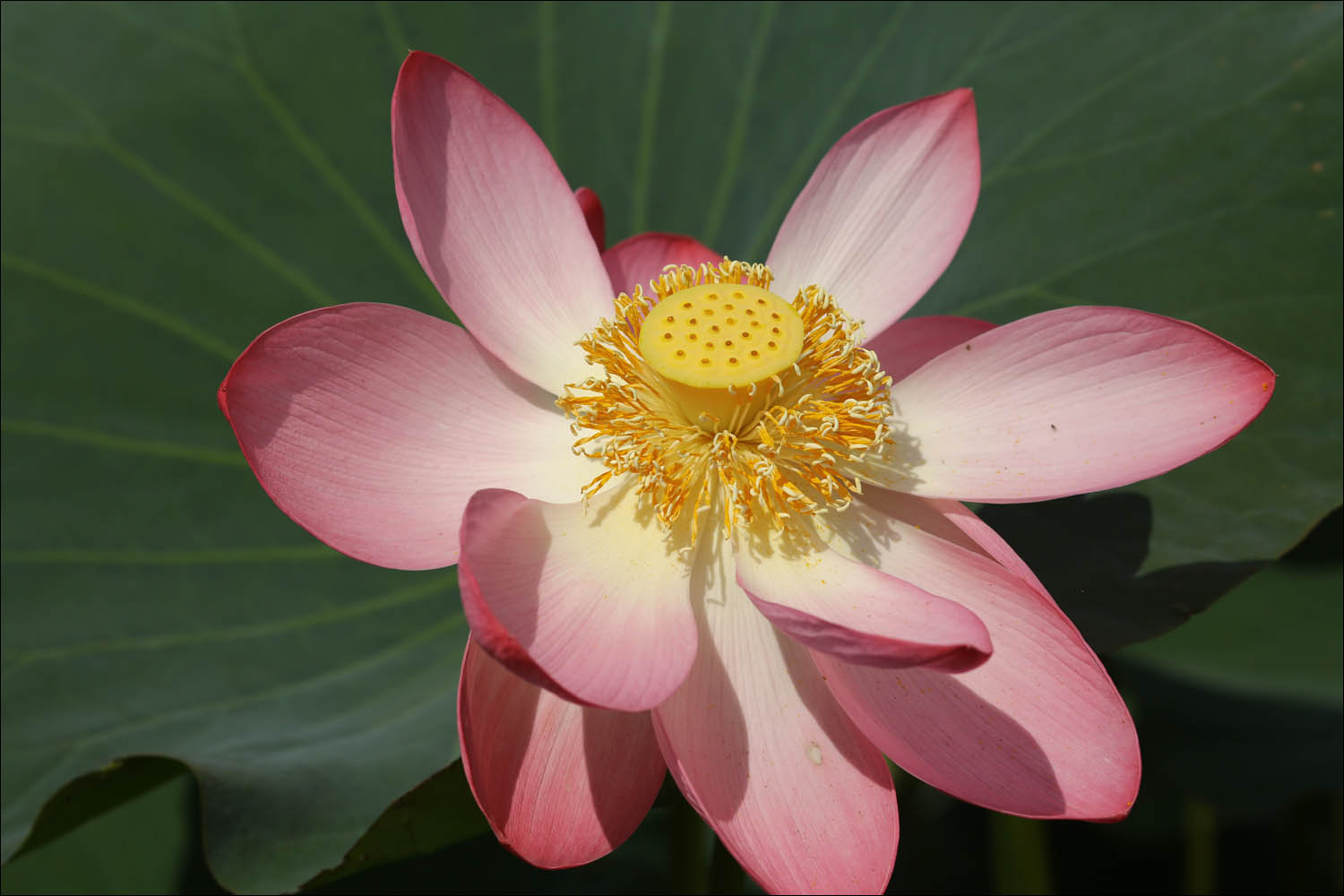
Now lotus plantings (with inclusions of other plants) occupy several tens of thousands of hectares and have gone far beyond the boundaries of the plots. Even within the city there is a landing. The flower has not only survived - it has also become a symbol of the region.
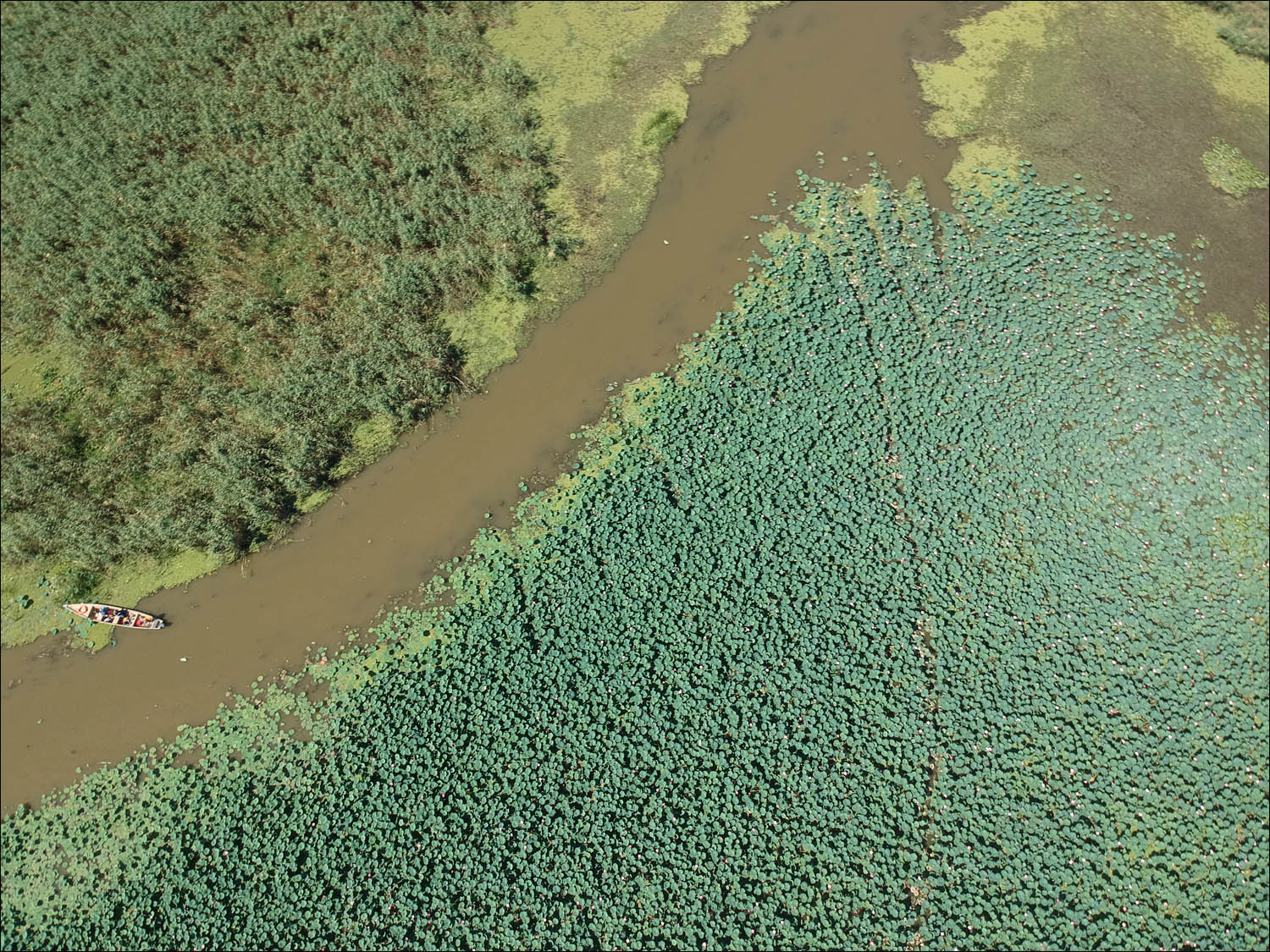
Lotus planting outside the nature reserve. Judging by the slots, tourists are being taken inside, which is considered a violation.
Working with children is very interesting. They can be viewed as future poachers, or as future people who understand the ecology of the places where they live. And for the second, the reserve arranges all sorts of things. The simplest thing was a birdhouse competition. Children competed in whose nesting box the first birds would settle.
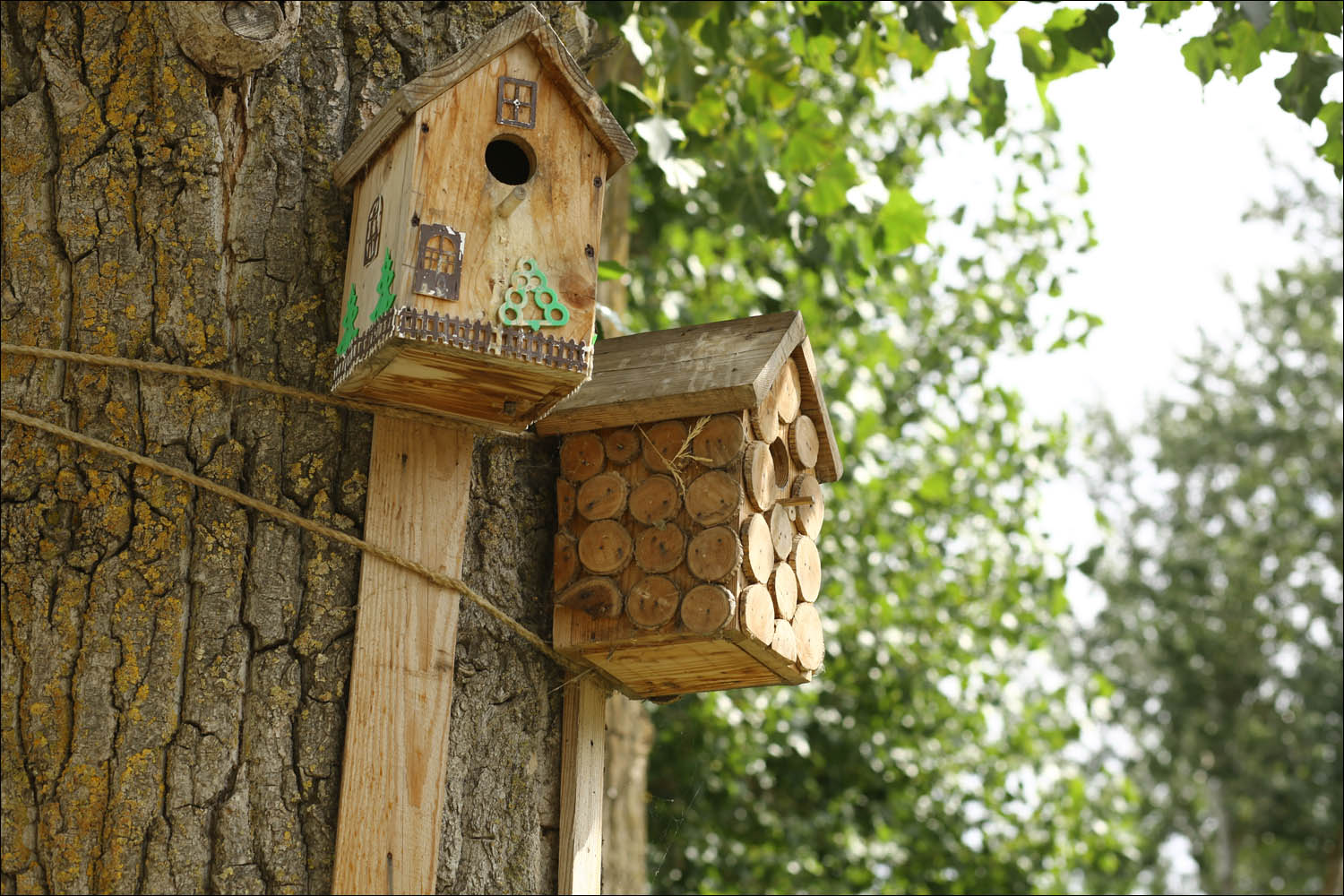
As you can see, before the posters "Bird, fly here!" the matter did not come, that is, the children still thought like starlings.

It was not possible to identify the winner, since the birds came in a crowd and settled everything.
The story with cans is very cool. The point is this: the fish spawn, in fact, in meadows. More precisely, they are meadows in summer, and ponds in spring. The water disappears, there are puddles, various depressions of the relief with fry that did not have time to wash away. Some of it will be eaten by birds, some will die. If you want more fish next year, you need to dig canals to the river and connect the puddles with big water. Sometimes it doesn't work that way. In this case, the children help by collecting fry in cans and pouring them into the river. It is clear that it is hardly possible to "win back" more than a percentage of fish in this way, but here it is important to get involved and understand what this work was for.
The previous generation of scientists saved cormorants from local residents. They were beaten out, salted in barrels. The story is this: in the morning they walk across the reservoir in a dense group, and it seems that there are very, very many of them, and that they will now take all the fish. The sight is really impressive. Actually, I’m going in again with my mechanistic approach, but on the rolls you can see a huge factory, where you can very clearly see how large groups of birds work according to biological scripts. If you understand a little in ethology and a little in development, then the spectacle becomes simply mesmerizing in terms of accuracy and beauty of execution. But back to the cormorants. Scientists believed that birds were not to blame for the decrease in fish. They calculated who eats how much, whom, where eats, what eats. Calculated the business model of the cormorant. Scientifically proved that cormorants do not harm,which is attributed to them. We were able to explain this to the locals, and they stopped beating the cormorants. Now here they are, devils:
In general, the cormorant is an awesome bird. He can stand for a couple of hours on a snag, spreading his wings in the position of the coat of arms of Russia, while they dry. They are black just to speed up this process. They also perfectly cooperate with pelicans and, together with them, drive fish as in a round-up hunt. Well, in general, funny.
Now one of the main problems to explain is fires. The delta is covered with reeds, it dries up during the winter and becomes similar in properties to paper. On top of the plant there is such a cool brush that flies in the event of a fire and turns everything around into a fiery hell. Well, she's not alone. Because of these brushes, flying away 200-300 meters, it is almost useless to extinguish such fires. Therefore, the reserve is protected by the spring with a mown strip of 500 meters along the border. Yes, yes, along the entire border, where there is vegetation.
The problem is that local villagers think that burning reeds is fun and cool. But not for the glory of Satan, but because this is how young grass should appear earlier. Actually, there are many places where different vegetation masses burn on the planet, and there are many places where ash really helps to start a new cycle. The reserve conducted research, and it turned out that the ash-black earth really warms up better, and everything can grow on it faster. But this “all” does not remain, because the same fire removes all the seeds of cereals from the top layer of the soil. Powerful reed rhizomes remain (they are usually half a meter), and a new reed grove is growing. It is impossible even for a cow to eat it, and as a result, the pasture degrades in 3-4 years. At the same time, people hope that it will improve. It is correct not to burn, but to mow the young cane - this gives more chances to cereals,and in the first two years it is not very noticeable, but in the third and fourth years it is clearly visible. On the fifth, cereals prevail and begin to choke the reeds. Now this must be somehow explained, because for now if you throw a match, you can see an instant effect, which has become clean.
Another interesting aspect of the work is the study of invasive species. Even under the tsar, mulberries were introduced in Astrakhan (if you read the post about the silkworm, you already know all the ins and outs of the process). Mulberry fit perfectly, different birds nest on it, its foliage and fruits are eaten by everything, including primates, and smaller plants grow well below, a wild boar and a bird gather under it. But later a Pennsylvania ash came, which did not fit. It does not integrate well, forms groves, displaces everything in a row, its root system is dense, plus even before the heap the tree is not used for nests. It is already impossible to shove him with a shovel, it has spread too much. And so they accidentally settled a raccoon dog and a muskrat (they fit into the biocenosis of the delta well). By the way, a raccoon dog can be seen right on the cordon, it lives there. Around the same time, the American mink supplanted the usual one (this was a long-standing escape of a group of American prisoners from production), but the Voronezh beaver, fortunately, took a break,without having time to inflict damage.
On the other hand, the very existence of areas of the reserve also affects the behavior of species. Birds and beasts roughly understand that it is safe inside the borders.
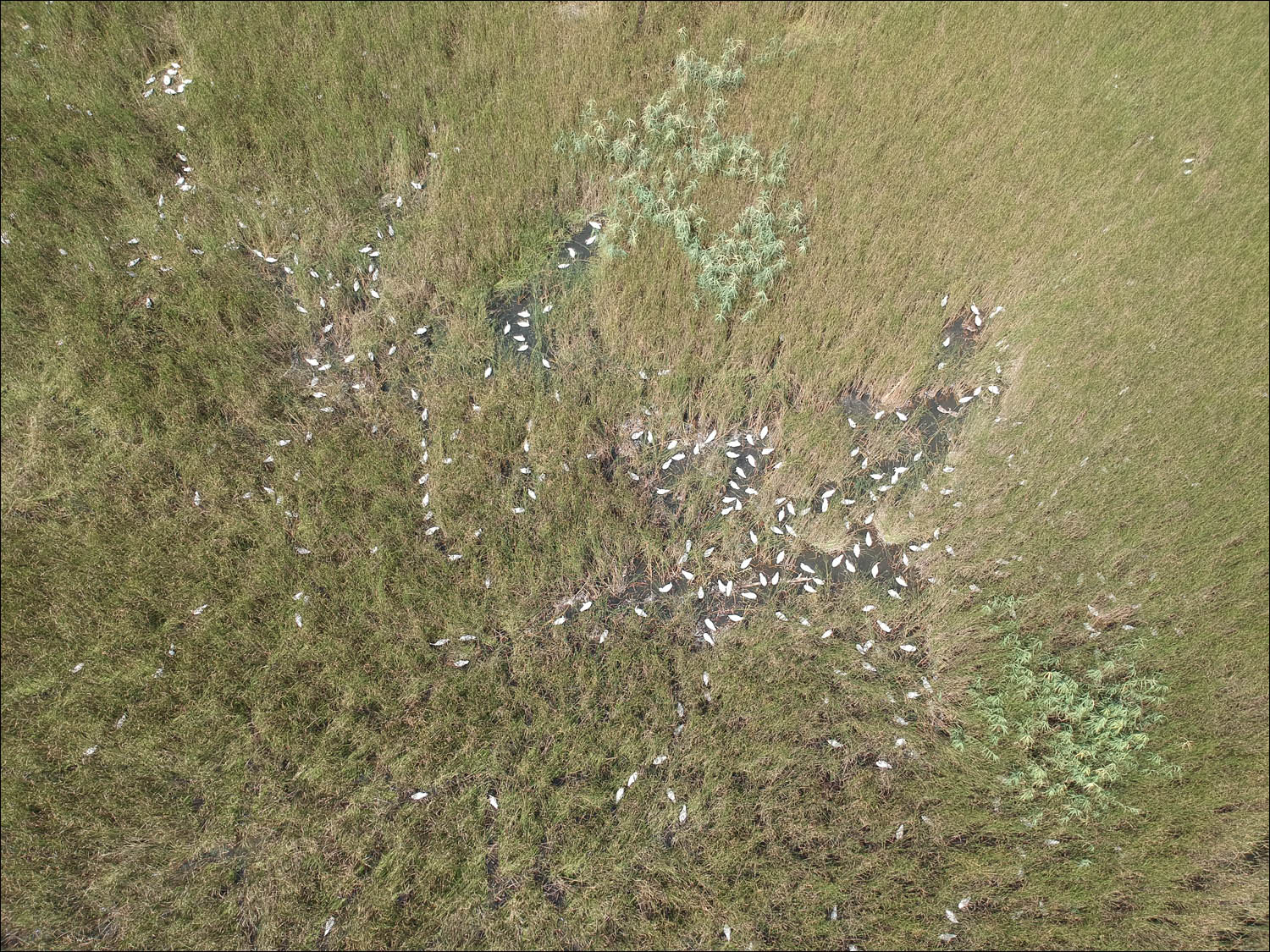
Mute swans eat the vegetation inside the islands. Well, they hiss there too. It turns out such a sizzling island.
More precisely, “understand” is probably not quite the correct term, but there is a mechanism that, as a result of several decades, taught the birds that those who did not live on the territory of the sites do not pass the selection. In general, it looks like this: there are notices in the water at the borders of the reserve. These are signs that are driven into the bottom, then pass through a layer of water and stick out in the air. There are such huge rafts of plants floating there, and several thousand birds are sitting on them. These directly "floating islands" are carried out of the reserve. And when the bird goes out of the house, it starts to get nervous and changes its disposition. As the birds swim behind the poles, they rise and return to the reserve. Apparently, only a few “understand” the border, but they teach others by their example that this is how it should be done. So now this is their home.
Actually, I just have to say that there are many camera traps in the reserve.
Here are some of the most interesting scenes
:
- . , 15 , :
(, 2010 , ). :
. 45- . , — .
, :
- . , 15 , :
(, 2010 , ). :
. 45- . , — .
, :
Today we were with Tatyana Gavrilova (head of the development and ecological tourism department) and Kirill Litvinov, deputy director for research.
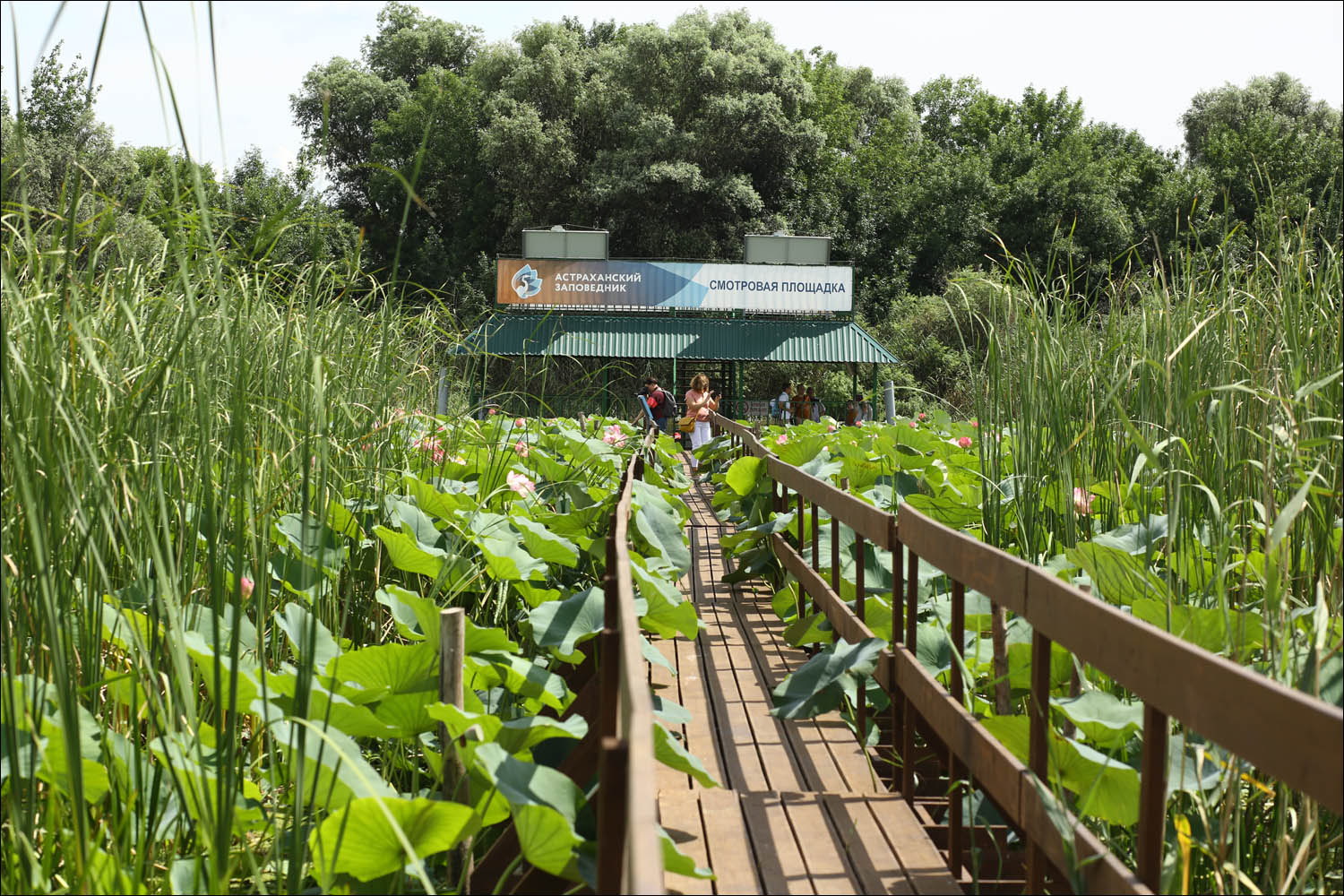
By the way, he finally gave an excellent example of how the attitude of residents has changed. “Last year in the fall, somewhere during the flowering period, I noticed that the lotus leaves on the eco trail are intact, not a single one is broken. And there were about 3 thousand people. Previously, in each group there was a tourist who tore off a leaf and immediately put it on his head. "
UPD : In the reserve, we filmed an episode for a program about Astrakhan, but we just filled it in. In the same video there is about fishing, knocking on good and bad watermelons, and many more strange things.tvr asked how to fish with a gamekeeper - like this:
And second: PereslavlFoto requested a free license for publication materials (text and photos) - I confirm that they can be used under CC3 BY-SA.